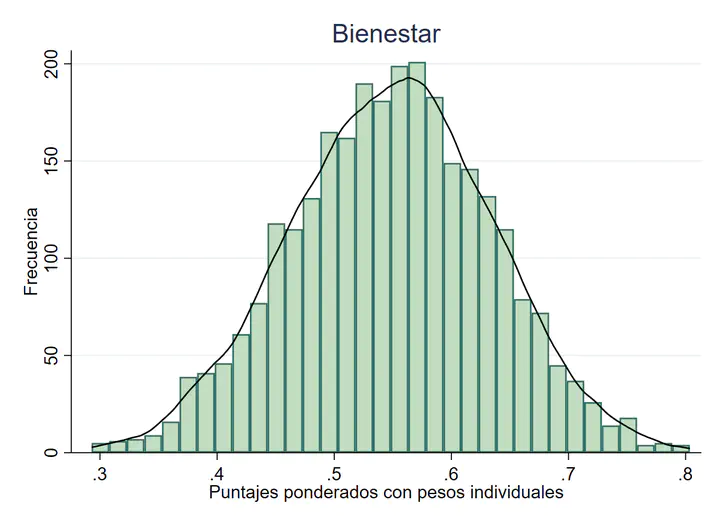Multidimensional Wellbeing in Peru
 Photo by rawpixel on Unsplash
Photo by rawpixel on Unsplash
ONLINE RESOURCES
SUMMARY:
This study evaluates the multidimensional well-being of people over 18 years old in Peru through an empirical operationalization of the capabilities approach by Amartya Sen. Specifically, this study makes use of models of Multiple Indicators and Multiple Causes (MIMIC), which recognize the nature of the capabilities as latent variables, to estimate a set of five capabilities: “Sociability”, “Agency/Empowerment”, “Citizenship”, “Safety” and “Health”. The data used come from the Survey on Multidimensional Well-being carried out in 2018 by the Institute of Public Opinion (IOP-PUCP) and the Institute of Human Development of Latin America (IDHAL-PUCP).
The main results show that men are better off than women in all the capabilities and that people living in urban areas are in a better situation than those who live in rural areas in all capabilities except of the “Security” capability. In line with the above, the results of the joint analysis of capabilities shows that men are in a better situation than women in terms of multidimensional well-being and that urban people are better in multidimensional well-being than those who live in rural areas. If we do not include “Security” in the joint analysis of capabilities, the urban-rural gap in multidimensional well-being increases.
KEYWORDS: multidimensional well-being, capability approach, Models of Multiple Indicators and Multiple Causes (MIMIC), gender/rural gaps, Peru